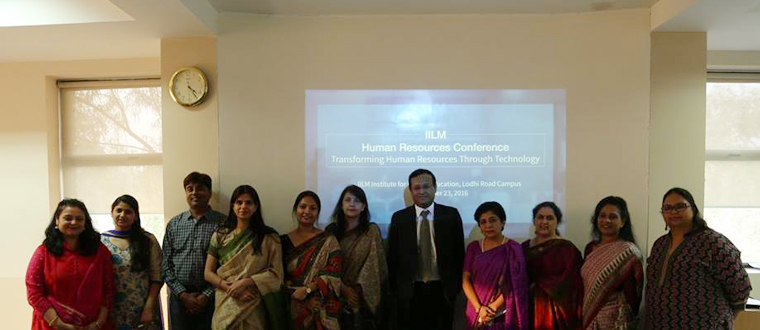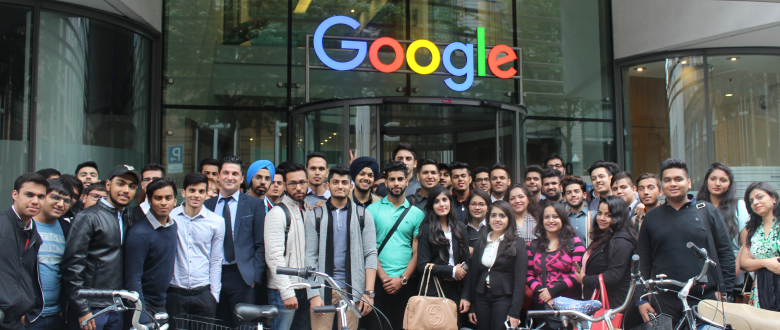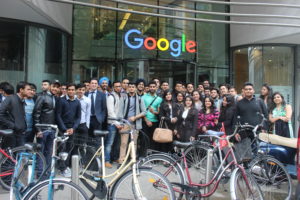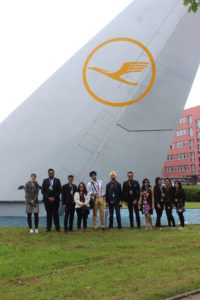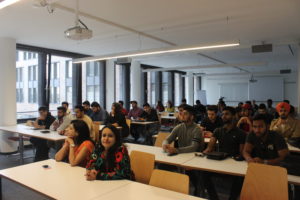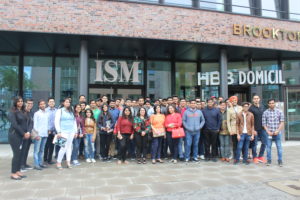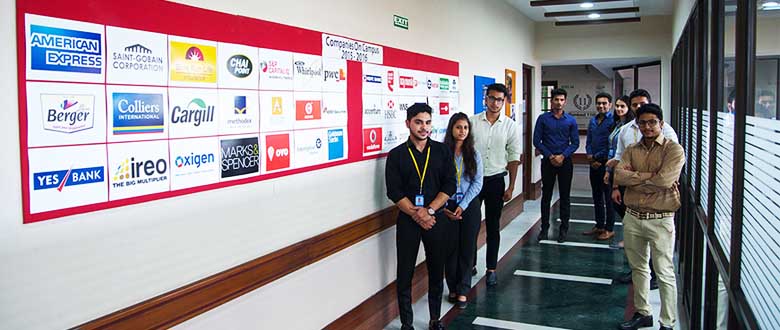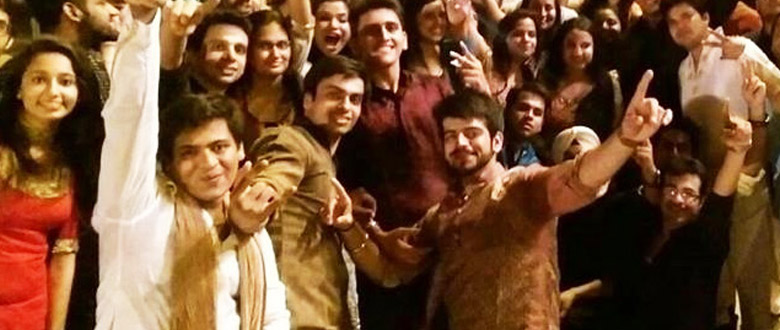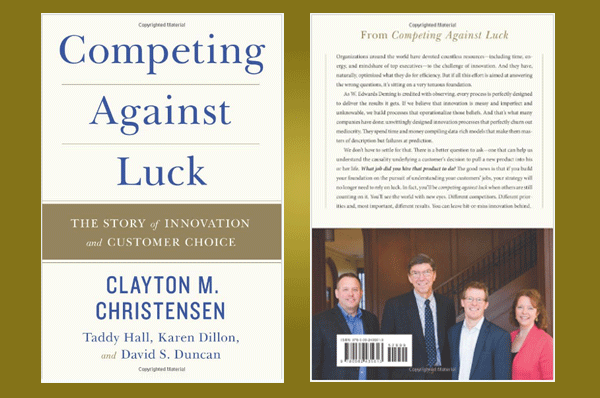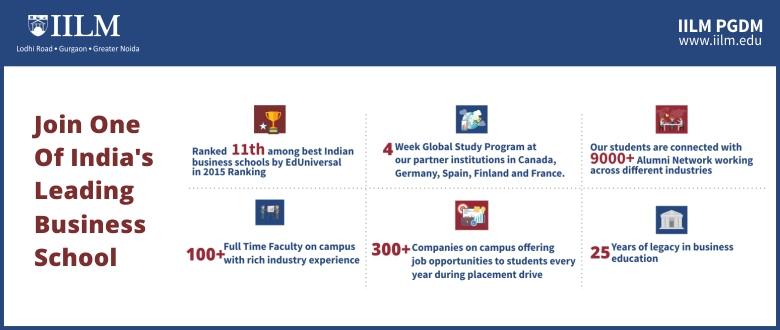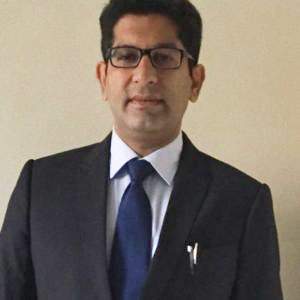A good team work exist when a group of people work together in close coordination towards a common goal and creates a positive work atmosphere thereby supporting each other so as to pool in individual strengths to enhance team performance. Teamwork is significant for an organization since it provides employees with an opportunity to bond with each other, which improves relations among them. Improved employee relations also result from the fact that teamwork boosts close coordination among members which has resulted due to increased trust among them.
The knack to perform synchronously as an individual and also with the employees is a vital element to attaining growth and success. Steve Jobs, the man behind the success of Apple Inc. changed the entire paradigm of living with his innovative and creative thoughts. However, without the support of his team of hard working and efficient employees’ abilities, it would have been impossible to incorporate and accomplish his ideas successfully. Therefore, in effect teamwork is extremely essential in order to accomplish the mission and goals of an organization.
In the present day world, it is next to impossible to survive in a workplace by being a master of one trade or even ‘jack of all trades’ unless an individual is inept to work as a team. Another crucial point that team members need to note is trust and respect for one another which is extremely important. Moreover, the success of a team also depends on the characteristics of a team’s leader. The brawl that had happened in the recent past with the noted television comedian Kapil Sharma and Sunil Grover (known popularly as Guthhi). The success of the comedy show “Comedy Nights With Kapil Sharma” lost its charm as the central character of the show are missing. No wonder the team leader has enough potentialities, but how long it is possible for him to be successful in pulling up the show’s TRP.
Even in an academic administration, the utmost challenge is to find the right set of administrators who have a passion for making a difference in the higher education or rather professional education. Academicians these days are willing to go beyond the conventional wisdom and willing to challenge the current situation for a dynamic and industry specific future for their students. Some of the universities across the globe are forging this new path with a great combination of administrators vis-à-vis academicians.
Few of the vital reasons to understand the significance of teamwork in a work place are :
(a) Team motivates unity in the workplace
(b) Team provides different perspectives as well as offers feedback
(c) Improved efficiency and productivity is possible to attain with a collaborative and supportive team
(d) Team provides active engagement and learning opportunities and above all
(e) Team promotes workplace synergy and allows to feel a greater sense of accomplishment.
Minus the ability to work successfully in a team environment can impede on the success of developing, formulating and implementing innovative ideas. The synergy of individuals is a brilliant instrument which brings glory at workplace.
People, the fifth P as we say in “Marketing” are the most important resource of an organization. Needless to say a business leader needs to pay utmost attention and nurture such significant resource of an organization. The stakeholders or precisely speaking, customers, can be happy only if the people of an organization are happy and improved productivity can happen only when there is apposite synergy among individuals.


